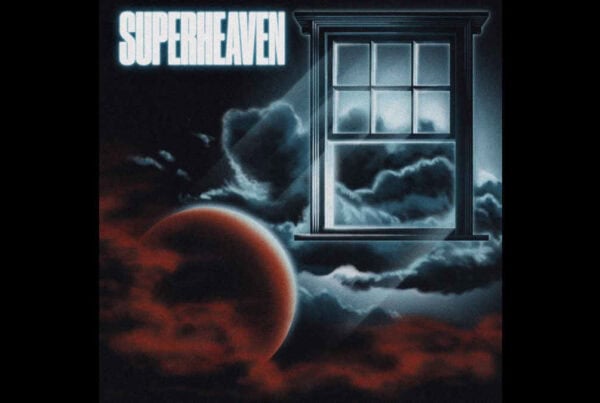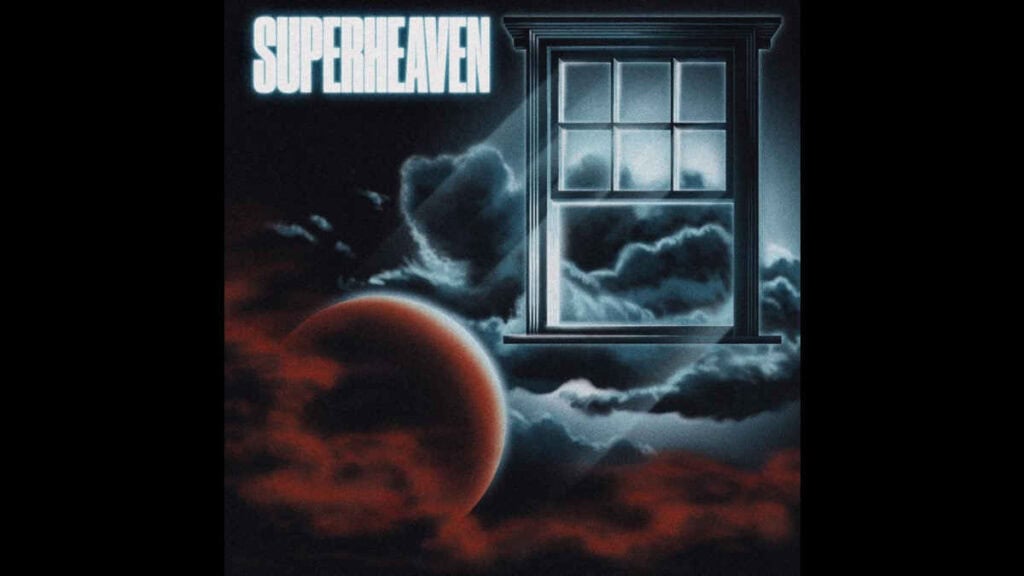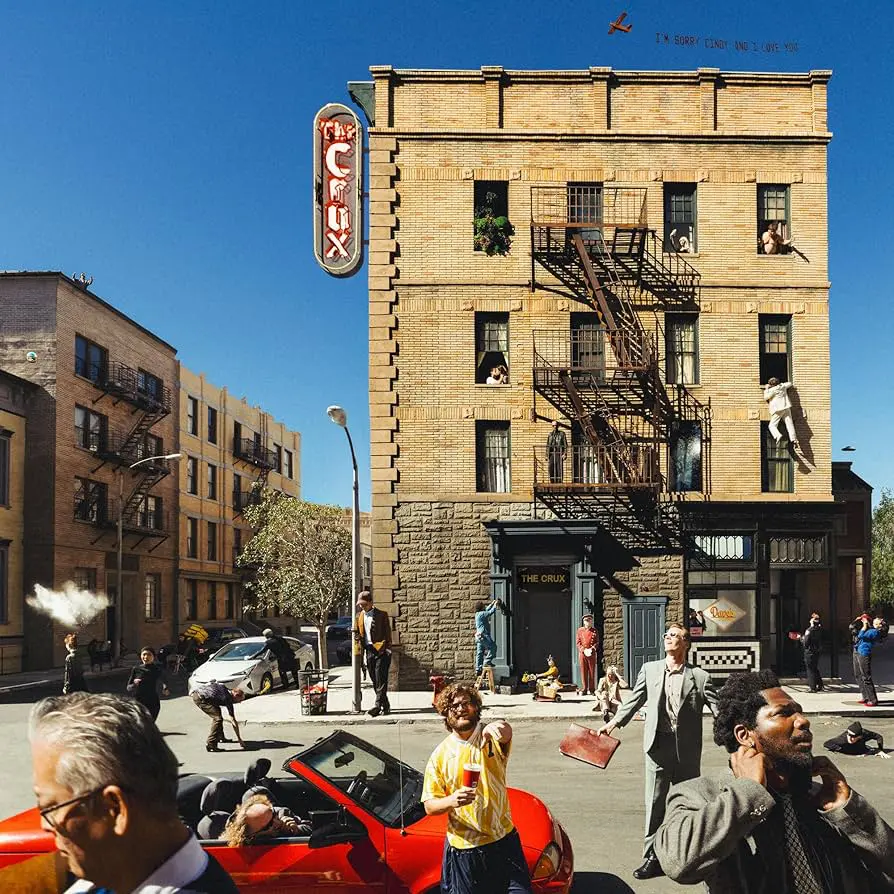Since 1977, the Jedi in Star Wars have evolved from myths to heroes, and now… to villains? This latest evolution comes in The Acolyte, and has, understandably, caused much consternation among some viewers. But what does The Acolyte tell us about the Jedi, and is it truly a departure from canon? Created by Russian Doll co-creator Leslye Headland, The Acolyte is set in the High Republic Era, around 100 years before the rise of the Empire.
This is a peaceful time, where the Jedi Council are focused more on scientific exploration than wars. But, much to our surprise, the show doesn’t show the Jedi in the best light.
The Acolyte
In the eight-episode season of The Acolyte, we follow the events of the present while uncovering the truths of the past. The main story is about a group of Jedi, led by Master Sol, on the hunt for the killer of Sol’s colleague Master Indara. Alongside Sol is his former Padawan, Osha, Jedi Knight Yord Fandar, and Padawan learner, Jecki Lon. They’re up against Osha’s presumed-dead twin Mae, and Mae’s Master, the Stranger.
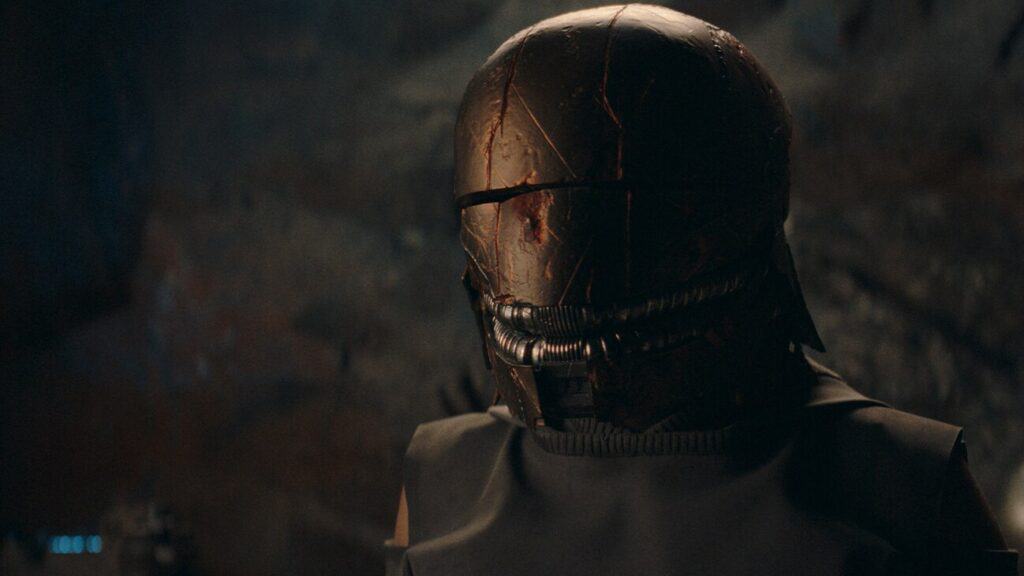
During the investigation, viewers learn that in the past, Sol was part of a group of Jedi explorers investigating a possible vergence on a planet called Brendok. Led by Indara, the team was completed by Wookie Jedi Master Kelnacca, and Indara’s Padawan Torbin. As the season progresses, we become privy to many uncomfortable truths about the Jedi. On Brendok, Sol discovered Osha and Mae, and from his point of view he saw them, essentially, being abused by a coven of witches.
He insisted that the Jedi rescue the twins, but his urgency was less altruistic and more personal, since Sol said he felt a connection to Osha and believed she was meant to be his Padawan. His connection wasn’t all that clouded his judgement. It’s obvious that the group had preconceived notions about witches—Torbin’s immediate thought was that the cult were Nightsisters. And even Indara, who advised caution, considered them “so insular…so strange”.
On Sol’s insistence, Indara led the team to confront the witches and demanded the girls be tested for Force-sensitivity. This may be the first time we’ve seen the Jedi act so forcefully, but it’s not like many other families in the Star Wars universe didn’t also get a sudden knock on the door from the Jedi because one of their children was Force-sensitive. The problem isn’t that the Jedi offer to train these children to join the Order, it’s the fact that they also take the child away from their family forever, because the Jedi code forbids attachments.
Now, usually when the children are removed from their families, they’re too young to remember—Obi-Wan Kenobi only vaguely remembers he had a brother in Obi-Wan Kenobi—but when the children are older, like Osha and Mae were, or in the case of Anakin Skywalker, the trauma of this removal is much harder to overcome.
Interestingly, even though Osha, like Anakin, wanted to become a Jedi and Sol was more than happy to snatch her away from her people, the Jedi Council refused Sol’s request to train the girls. The Council thought that the girls were too old, a similar concern voiced by Mace Windu about Anakin in the prequels, and Yoda about Luke Skywalker in the original trilogy.
But the Jedi council offered another, more important, reason not to train the girls—they didn’t want to separate the girls from the coven. Despite Sol’s insistences, even the Jedi Council saw the folly of removing these children from their home environment.
This could be for a couple of reasons, one being that older children find it harder to let go of their families and their past lives (which is exactly what happens with Osha and Mae), but also that the girls were part of a coven of powerful witches. Messing with them wouldn’t end well, as Sol and Torbin found out when they broke into the witches’ fortress.
Here is the first truly vicious act from the Jedi—in an impulsive, albeit protective, move, Sol murdered Aniseya, the coven leader and one of Osha and Mae’s mothers, while Indara, in her effort to subdue the witches, appeared to kill the rest of the coven.
In an act most un-Jedi-like, Indara and Sol then decided to cover up their wrongdoings, blaming Mae for causing a fire that led to all the deaths, and allowing Osha to live in that belief, all so that she could achieve her dream of becoming a Jedi and Sol could train his star pupil. The key to being part of the Jedi Order—or most sects and cults—is being a true believer.
This is what the likes of Mace Windu and Obi-Wan Kenobi were. So was Sol, who believed that only the Jedi Order was the future the girls, or rather Osha, needed. For the Order, there’s no choice to deviate from the norm—when you do, you become a problem like Qui-Gon Jinn, and Anakin, and Ahsoka Tano.
Bending The Jedi Ways
Committing genocide is definitely against the peacekeeping ways of the Jedi, but it’s not like we haven’t seen Jedi losing their way and committing atrocities before. Pong Krell, seen in The Clone Wars show, was a Jedi General in the Grand Army of the Republic, who was considered extremely successful despite holding the record for the most clone trooper casualties. He was prejudiced against the clones (partly understandable, since their provenance was iffy at best),
and treated them as disposable, and his behaviour only got worse once he foresaw the end of the Republic and the Jedi and wished to ally himself with Count Dooku.
Despite this, he continued to lead the Clone Army to numerous victories and endless deaths, before a clone mutiny stopped him. And there was that time when the hero of the original trilogy, Luke Skywalker, foresaw the doom that his nephew Ben Solo would eventually wreak on the galaxy and, instead of talking to him, Luke attempted to kill Ben, thereby further pushing the boy towards the Dark Side, who in turn caused devastation for many years.
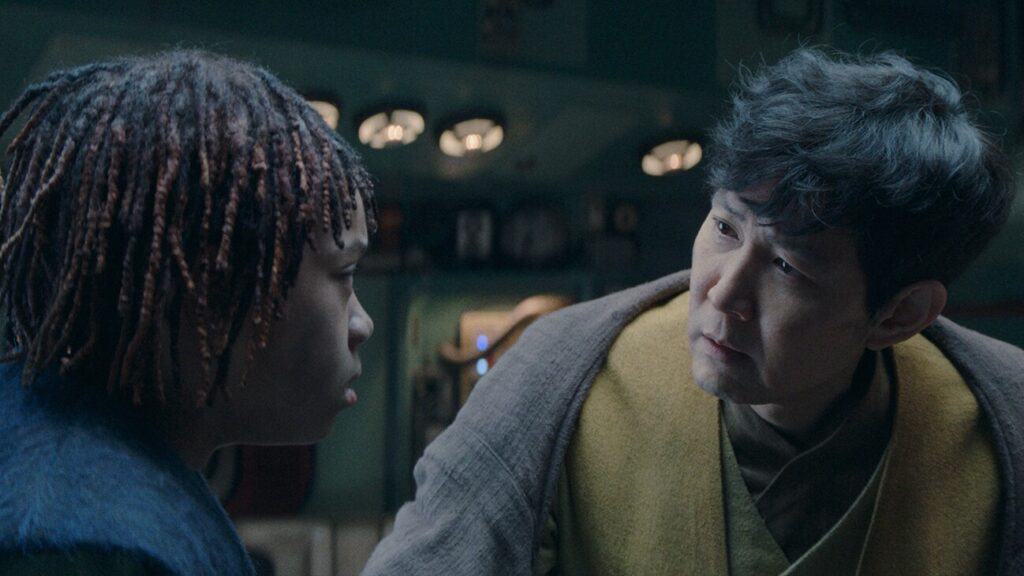
The Jedi Order’s ties with the Galactic Senate has also caused some of their own to become disillusioned with their ways. Count Dooku in Tales of the Jedi turned to the Dark Side after witnessing the Jedi’s inaction against a corrupt Senate. And because of these ties, the Order was also at the forefront of the Clone Wars, which is, technically speaking, counter to their identity as guardians of peace, and it not only led to anti-Jedi sentiment amongst many across the galaxy, but also disillusionment among their own, such as with Barriss Offee.
The Jedi Council were distrustful of Anakin because of his closeness to Chancellor Palpatine to the point where they ordered him to spy on his mentor, but their arrogance had blinded them to the fact that there was a Sith in their midst for decades.
Let’s not forget, when Palpatine orchestrated a frame-up against Ahsoka Tano to cover Offee’s crime of bombing the Jedi Temple, the Jedi Council quickly turned against her, despite her being Anakin’s Padawan and one of the strongest soldiers of the Republic’s army. They could have taken a minute to investigate before turning their back on one of their own but assumed the worst instead.
And once the truth was revealed and Ahsoka was proven innocent, the Jedi
simply expected her to return, no questions asked. She didn’t, of course. It’s hard to reconcile the fact that the Jedi have a dark history, but The Acolyte certainly wasn’t the first to introduce the concept.
In the present timeline in the show, Mae, now training to be an Acolyte for her Sith Master, begins exacting vengeance against the four Jedi who killed her mother, Aniseya, in front of her, and destroyed her family. This eventually leads to the original cover-up being discovered by Elder Jedi Master, Vernestra Rwoh, who heads the Jedi Template on Coruscant.
Rwoh is stuck in a difficult situation—if she lets out that for 16 years, she and the Jedi Council have been blind to a group of Jedi committing genocide, she’s going to speed up the call for an external review of the institution, which her nemesis Senator Rayencourt, has been threatening her with.
So, she does something that is standard practice for big organizations in a crisis situation—she finds a scapegoat. Sol is made out to be a rogue Jedi who went on a rampage and then killed himself, leaving the Jedi blameless in the eyes of the Senate, if not in the eyes of the viewer.
That’s a big yikes, but the Jedi have always been good at lying—poor Luke Skywalker had no idea he was confronting his own father because Obi-Wan Kenobi had told him that his father had been murdered by Darth Vader, not that Darth Vader was his father. And let’s remember how Anakin Skywalker’s journey to become a Jedi began, with Qui-Gon Jinn cheating in a game against Watto to ensure Anakin would be freed if he beat reigning champion Sebulba in the pod race, a truth Qui-Gon kept to himself. So really, in the area of crisis communications, the Jedi do a great job, which may not sit right with us, but it’s an unfortunate reality of how institutions stay the course.
A Long Time Ago…
None of this endears the Jedi to the viewer, but that’s the point. Headland and team specifically structure the story so we learn about the coven and their love for Osha and Mae first, which affects how we view the Jedi’s actions. Since this show is set in the distant past of the Star Wars stories we’re familiar with, the creative team are able to sneak in forewarnings that are fulfilled in the future.
“Someday those noble intentions you all have will destroy every Jedi in the galaxy,” Mother Aniseya tells the Jedi in The Acolyte, and she’s unfortunately correct. The Jedi want to do good in the galaxy, but they don’t go about it the correct way. They have a strict policy against attachment, which is their biggest downfall.
They failed Anakin because they couldn’t see past their dogma and admit that the child needed help. They were swayed by the death of their colleague, Qui-Gon Jinn, to train the boy, but didn’t support his emotional wellbeing. This ‘noble intention’ ends up in the death of the Order and Imperial rule over the galaxy for over two decades.
Qui-Gon and Sol are two halves of the same coin, determined to rescue a child who they believe deserves a life better than the one they were born in. Their dogged determination leads them to act in irrational ways—cheating at dice is less atrocious than murder, but the consequences of both their actions leads to many deaths and unrest in the galaxy.
“I think the Jedi are a massive system of unchecked power posing as a religion,” Senator Rayencourt says to Rwoh, which is a self-fulfilling prophecy. The show’s creative team are pointedly remarking on how any power, even one as supposedly just as the Jedi, if gone unchecked, can wreak havoc on the galaxy, which is exactly what happened when Anakin Skywalker and Kylo Ren turned to the Dark Side.
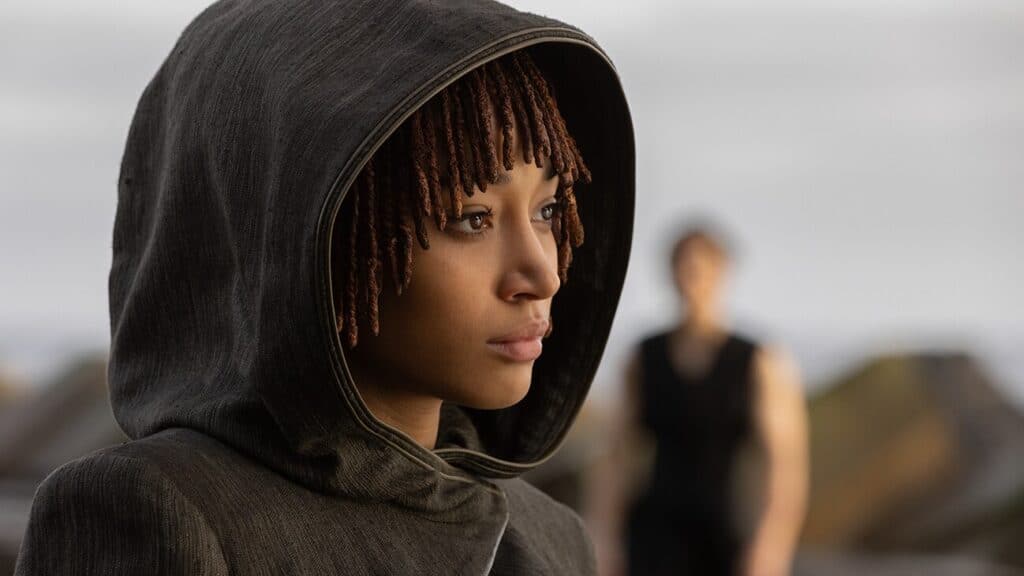
While The Acolyte posits that even the Jedi, the heroes of the galaxy far, far away, could in fact be villains when they act on prejudice and impulse, the show’s viewpoint is not an aberration in the franchise. This has always been the case with how Star Wars positions its characters. The black-clad villain causing endless destruction across the galaxy could in fact be a kind-hearted man who has lost his way—I could be talking about Anakin Skywalker, Kylo Ren, or even Agent Callus.
The Jedi acting in a morally grey way has been a seed sown since the prequels. The Acolyte is simply presenting viewers with more evidence of facts the franchise has already established. But because we’re presented with a different point of view, that of the witches’, the Jedi’s actions seem all the more heinous.
I’d also argue that we shouldn’t vilify the actions of the characters in The Acolyte without extending at least the same amount of grace as has been given to characters like Anakin and Kylo Ren. It might be harder to forgive someone like Sol who we saw at his worst during eight short episodes, whereas the likes of Anakin and Kylo had entire trilogies to redeem themselves. But, if after all we’ve seen Anakin and Kylo do, we can still call them our favourites, why not Sol, and Indara, and Torbin, and Kelnacca?
The Acolyte has been created in a world that is a lot less trusting of institutions, so it’s no wonder that cynicism has seeped into the storytelling. Star Wars, especially since the prequel trilogy, has not shied away from spotlighting that the powers-that-be in a galaxy far, far away, are flawed, and follow their own agendas.
But so far, the institution has taken a backseat to the personal turmoil of the Skywalker saga—even though those personal tragedies have galaxy-wide repercussions. In The Acolyte, a small group of Jedi do not acquit themselves well as the galaxy’s peacekeepers, and the institution, in protecting itself, comes off looking poor as well.
While that’s a dark part of the Jedi’s history, it’s not the only one, and it certainly isn’t new.


